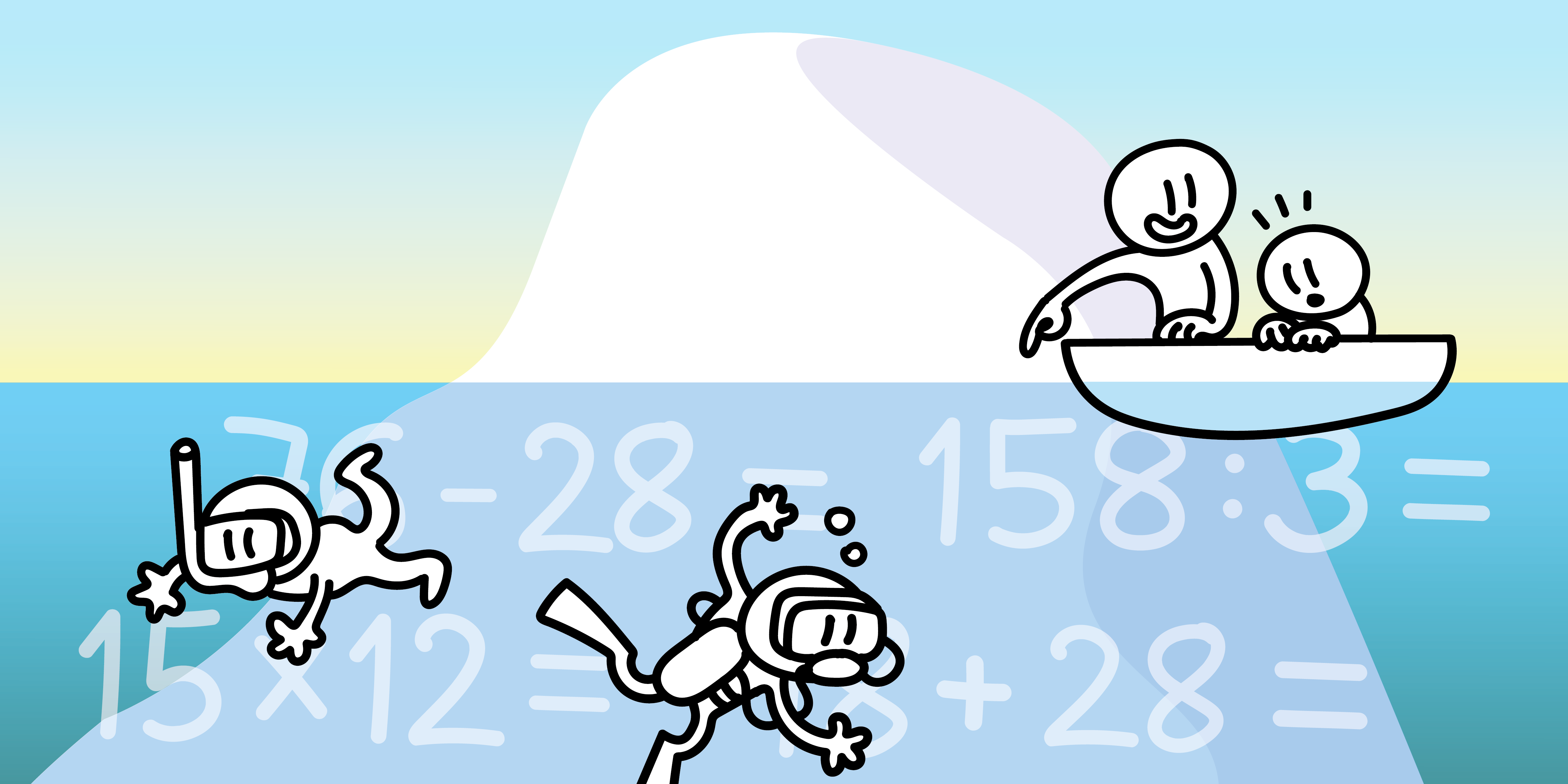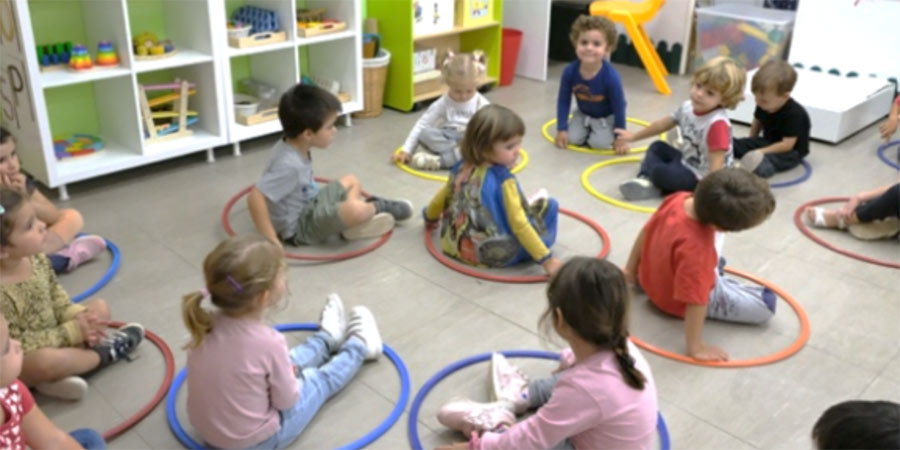Table of Contents
Phrases like “I’m not good at math” are unfortunately heard all too often in the classroom (and elsewhere). For many students, math is a difficult and frustrating subject. Therefore, helping students overcome this feeling to improve their learning is a challenge. But what makes math so challenging for some? More importantly, as a teacher, how can you help students overcome these barriers and learn to enjoy math?
The difficulty of mathematics
One of the reasons why math is difficult is because it requires a different kind of thinking to many other subjects; it requires more logical, systematic and abstract thinking. This presents a challenge for students who are not comfortable with this type of thinking, who have not yet developed strong problem solving skills, or who have learning difficulties directly related to this type of thinking, such as dyscalculia.
Another reason is the hierarchical structure of math which requires very sequential learning: many of the new concepts build on the concepts that precede them. This implies that, if a learner does not acquire knowledge at a given moment, it may be difficult for them to understand the concepts that come later. This can give rise to a feeling of ‘falling behind’ which, when prolonged, becomes difficult to remedy.
In addition, some of these students are likely to develop a lack of confidence in their math skills, which can trigger negative experiences that only fuel these insecurities.
How do we combat the feeling of learning mathematics being difficult?
What can you do, as a teacher, to help your students in this struggle against difficulties? Here are some strategies. We hope you find them useful!
Use manipulatives resources and visual aids
Manipulatives or visual aids, such as graphs and diagrams, can help students see and experience math and bring it closer to the students and reduce the abstraction.
Encourage systematic practice
As the saying goes, ‘practice makes perfect’. We must encourage moments of practice where we work on content while developing processes and mathematical fluency. Practice can be productive (in which, using an open-ended question, we present learners with a context and an objective that requires practice to produce an answer), or fluency-based (which consists of repeating a procedure several times, without any objective beyond simple repetition). In this case, technology can help us as a resource to personalize the practice, attend to the students’ difficulties and work on the content in a more dynamic way. Try out the experience with this applet!
Provide differentiated instruction
There is variety in the classroom because there is variety in our students. Plan low-floor, high-ceiling activities, where you ask all your students to start thinking and, at the same time, give those who can the opportunity to go further. The key to inclusion is to avoid fragmenting the class. If you want to read more about how to provide differentiated instruction, we recommend this article from our blog.
Reinforce social-emotional skills
Help your students develop a positive attitude toward math by praising their effort and progress rather than just their final result. Encourage them to persevere and not give up, and remind them not to be afraid of making mistakes.
In general, mental blocks in math are common, but they can be overcome with the right mindset and strategies. If you encourage a growth mindset, provide plenty of practice opportunities, and use hands-on materials and visual aids, you can help your students overcome math insecurities and enjoy learning.
Struggling when learning mathematics
We cannot end this article without mentioning that difficulty is an essential element in learning. As teachers, we must make it clear that learning mathematics will involve difficulty, but that, from an educational perspective, we can take advantage of it to make it work in favor of learning. In fact, the idea of struggle is not unique to mathematics, but it is essential for intellectual growth. For this reason, different experts such as Hardy, Dewey or Piaget suggest that, far from avoiding these difficulties, we should provide moments of struggle to teach mathematics. We must present uncomfortable problems that further encourage discussion and debate in search of a good strategy, and that convey that difficulties are an inherent part of mathematical activity; the satisfaction felt in solving a problem is directly proportional to the struggle and effort required to solve it.






